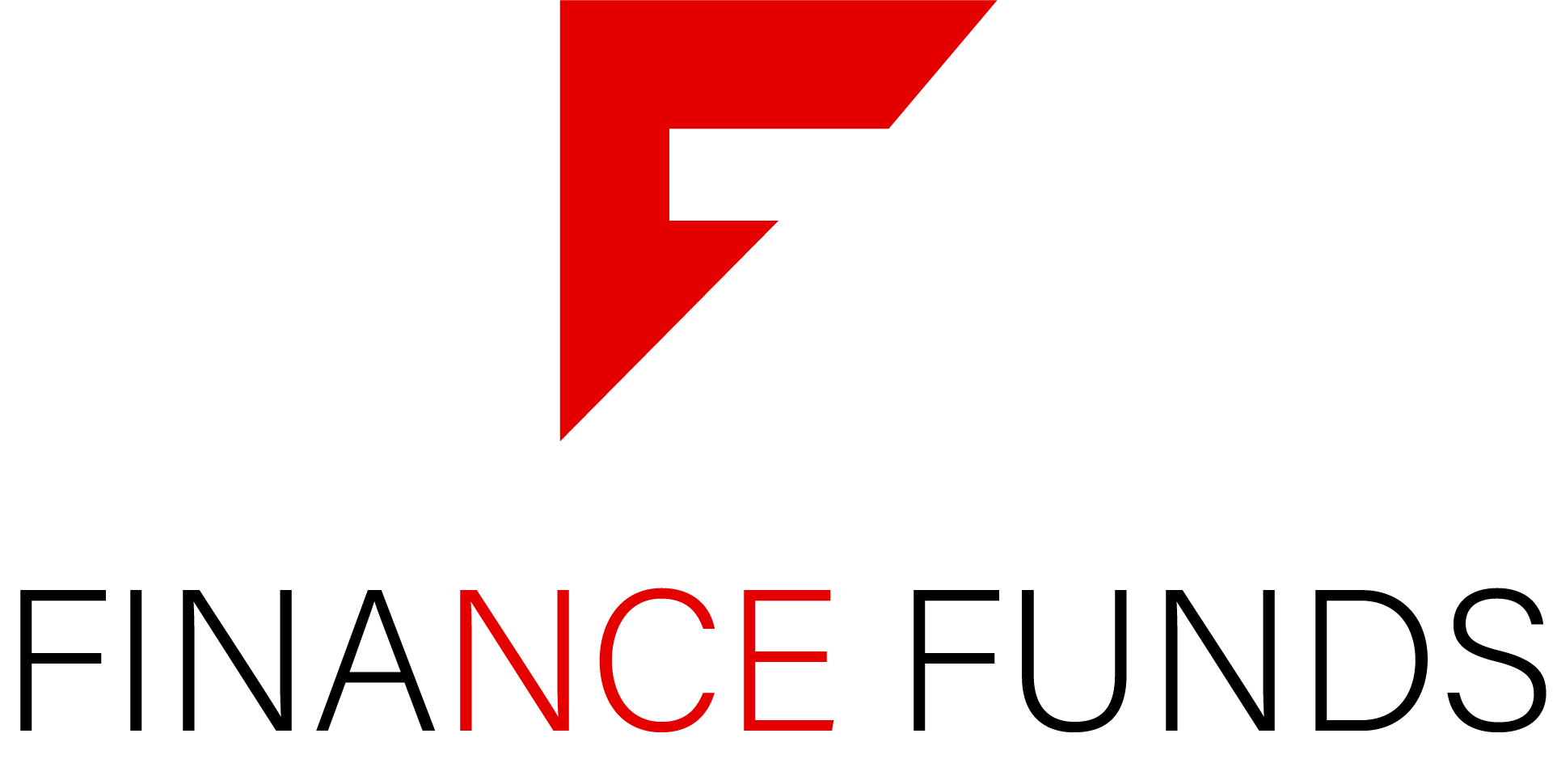You’ve probably received several credit card offers in the mail, and the outside of the envelopes scream interest rates and promotional offers to try and entice you into opening it up and looking at what’s inside. Chances are, if you have an email address, you’ve even received a few credit card offers through that address- bright colors and animated graphics trying to convince you that there card has the lowest initial interest rate, or the longest transfer balance rate of all the available credit cards on the market. All of the offers will look good at first glance; after all- that’s what marketing is about, right? According to Merriam-Webster’s online dictionary, marketing is a noun used to describe “the act or process of selling or purchasing in a market, and the process or technique of promoting, selling, and distributing a product or service.” Credit card companies are in business to sell you their credit cards, and they’ll use a variety of promotional materials to get your business.
The outside of your credit card offer’s envelope might say something like, “LOW 0% Initial Interest Rate on all purchases and balance transfers”, but there is much more to how a credit card’s interest rate is calculated than that statement reveals. Initial interest rates are sometimes referred to as the card’s promotional rate, or teaser rate. In all honesty, an initial interest rate is basically the same thing for a credit card as a sale is to a retail store. Retail stores advertise their products that have a discounted price for a limited time to attempt to bring people into their establishment to buy the sale item, but also because once you are there, they hope you’ll purchase other products.
Credit cards offering initial interest rates are basically putting their standard interest rates “on sale”, because for a limited time, new cardholders will receive a lower than usual rate on purchases, and sometimes also on any balance you transfer from one of your other credit cards onto this new card. What you need to understand about initial interest rates is that they really are “for a limited time”, and just as you couldn’t go to your favorite store and buy items this month for the sale price that was offered the previous month, you can’t extend a credit card’s initial interest rate beyond the terms they specify (often found in the small print!) What you’ll want to look for in the text of the materials that were sent with the initial interest rate cards promotional documents is reference to the cards ongoing annual percentage rate (APR). This is the interest rate that you will pay once the initial interest rate period has passed. (The regular price of an item after the sale has ended!)
For Information on the latest offers for 0% and low and low initial interest rates see http://www.1st-uk-credit-cards.co.uk/0_initial_rate.html
Initial interest rates will also come with terms of agreement, in the form of a contract, which give reasons as to how or why the rate might be terminated by the credit lender. The most common reason to terminate the initial interest rate offer is for making a late payment on your card, and if you read the fine print of the credit card agreement- you’ll note that it states this very clearly. In order to keep the promotional, lower rate for the time specified by the credit card lender, you must make every payment on time. If you are late with a payment, you can expect the interest rate to jump to the ongoing APR, or in some cases, higher because you have defaulted on your contract agreements, so do everything you can to make sure your payments are made on time.
What you also should know about the initial interest rate offers, is that even though they may say the rate is fixed for a specified number of months, and even if you make every payment on time and are not in default on making your payments- the rate can change! Credit card lenders can make changes to their interest rates simply by sending notice to their cardholders, and allowing so many days before the change takes place. It seems completely unfair to consumers, but it’s just how it is and there isn’t anything you can do to prevent it. Watch notices that are sent with your credit card statement each month, as this is where you’ll find changes to the credit card agreement. If the change is one you find unacceptable, you’ll have some time to search for a new card to transfer your existing balance to before the changes take effect.








